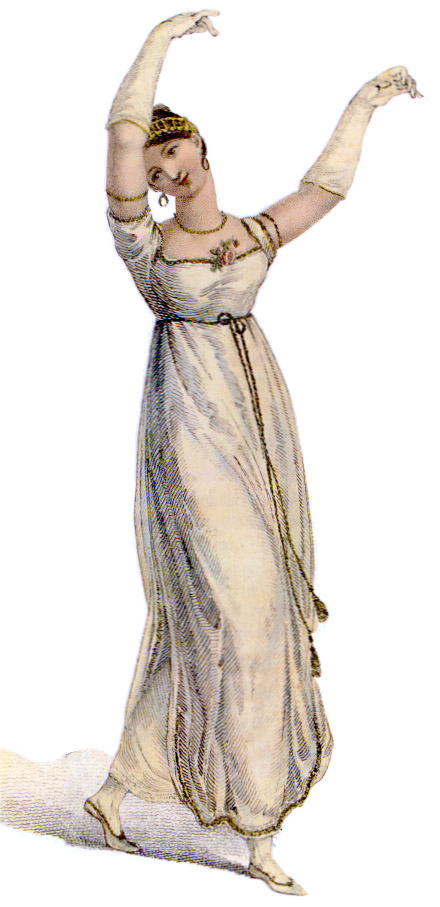This
year Tu B'Av falls on July 22 which, on the Hebrew calendar, is the fifteenth day in
the Hebrew month of Av. We’re talking about the ancient Jewish festival that
takes its name from the Hebrew calendar itself – “Tu” for “fifteen” and “B’ or
“in” the month of “Av.” Tu B’Av, is an
ancient Jewish holiday known as the Jewish day for love.
 Biblical
records tell us all about the celebration. We learn that in the glow of a full
summer moon young women would put on white dresses and dance in the fields outside
the walls of Jerusalem, while all the single guys would follow the girls in the
hopes of finding a bride.
Biblical
records tell us all about the celebration. We learn that in the glow of a full
summer moon young women would put on white dresses and dance in the fields outside
the walls of Jerusalem, while all the single guys would follow the girls in the
hopes of finding a bride.
But
what we Jews did and how we did it says a lot about the unique perspective
Jewish tradition offers regarding romantic relationships. It seems that even in
ancient times, Jewish families were attuned to the notion that every young man
and every young woman deserved the opportunity to find her/his “B’shert,” the
one who was “meant to be.”
What
exactly happened on Tisha B’Av? Sages tell us that the girls who danced by the
light of the late summer moon were required to wear borrowed dresses. That was the rule. No one was to make or buy
a special dress for the occasion. Instead each girl was to borrow a dress so
that the boys who were watching them from afar wouldn’t be distracted by
material concerns. The borrowed dress requirement eliminated the temptation for
the young man to choose the girl with the most expensive dress, assuming
perhaps that the fancy dressed girl was his ticket to marrying into a rich
family. Who knew? The girl girl with the
dowdy dress just might be from the richest family in town.
As
the night progressed, the young men moved closer. They were encouraged to begin
a conversation with one or several of the young women and eventually to continue
the exchange with girls whose interests and values were similar to his own.
 Indeed, one of our rabbinic sages advised the
young men to observe the dancing with a watchful eye. “Look for the girl whose
dancing is joyful and spirited,” advised the rabbi, “because these would be the
girls who would bring joy and spirit to their lives.
Indeed, one of our rabbinic sages advised the
young men to observe the dancing with a watchful eye. “Look for the girl whose
dancing is joyful and spirited,” advised the rabbi, “because these would be the
girls who would bring joy and spirit to their lives.
In
America, in Europe and even in Israel, Tu B’Av is rarely celebrated as it was
in ancient times. Now we do Valentine’s day but there are some who believe that
the modern holiday celebrated on February 14, has its roots in the ancient Jewish celebration of love.
Could
be. It wasn’t so many years after Temple
times - 270 years to be exact - that a sourpuss old Roman emperor. Claudius
outlawed marriage completely. But one young priest, named Valentine defied the
emperor. Claudius was furious when he
found out that Valentine was secretly conducting weddings for young couples who
were in love and who wanted to marry.
Yet
in the face of great personal peril which eventually led to his arrest and
murder, Valentine continued to put into action a Jewish directive found in the
Song of Songs where we read that “many waters cannot quench love; neither can
the floods drown it.”
Love
is strong, the bible tells us, and maybe for our singles out there, this year’s
Tisha B’Av will make love will be the order of the day
OK,
so there won’t be girls in white dresses dancing in our parks or on our
beaches, but there are spirited and enthusiastic men and women out there if we are willing to look beyond the dress or the
suit or the car or the job or the paycheck. So if you’re still out there
searching, begin again by looking again at the men and women who cross your
path. Look at each other with brand new, Tu B’Av eyes.
Why?
Whether in ancient times or in the modern era, when it comes to human emotion, God seems to
be telling us something really important.
Nothing is stronger than love.
Hag Sameach and Happy Tu B’Av!
No comments:
Post a Comment